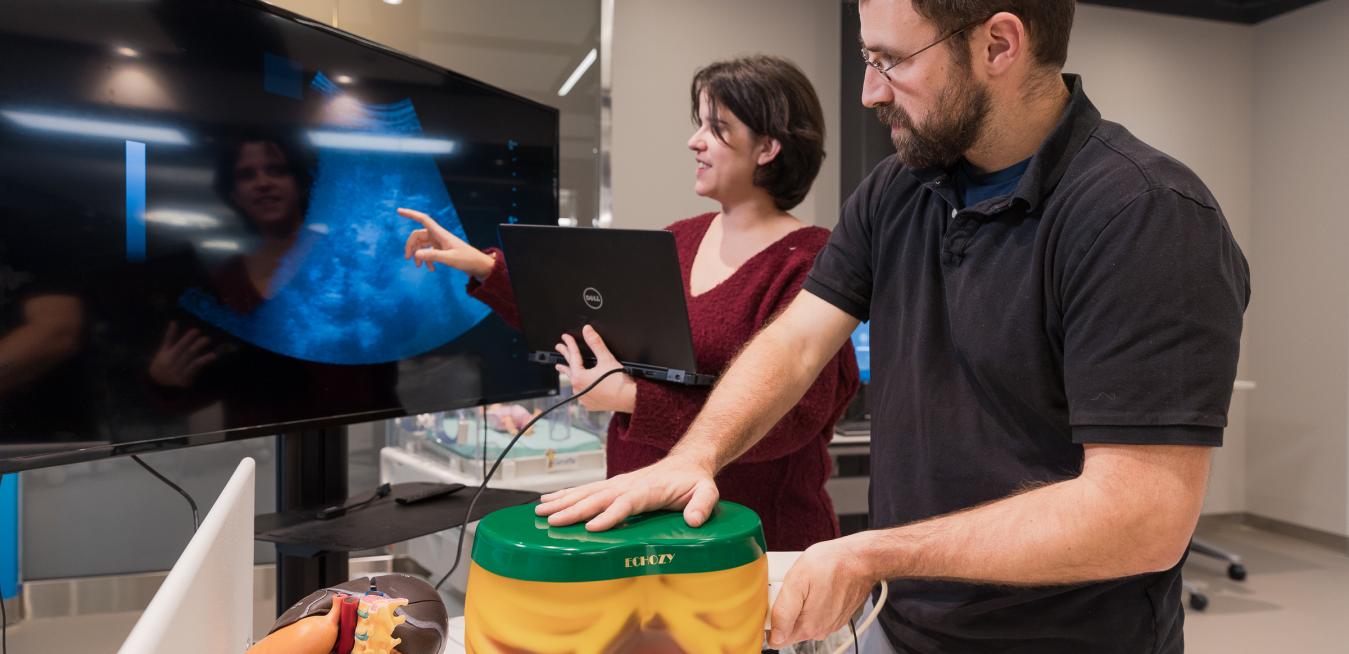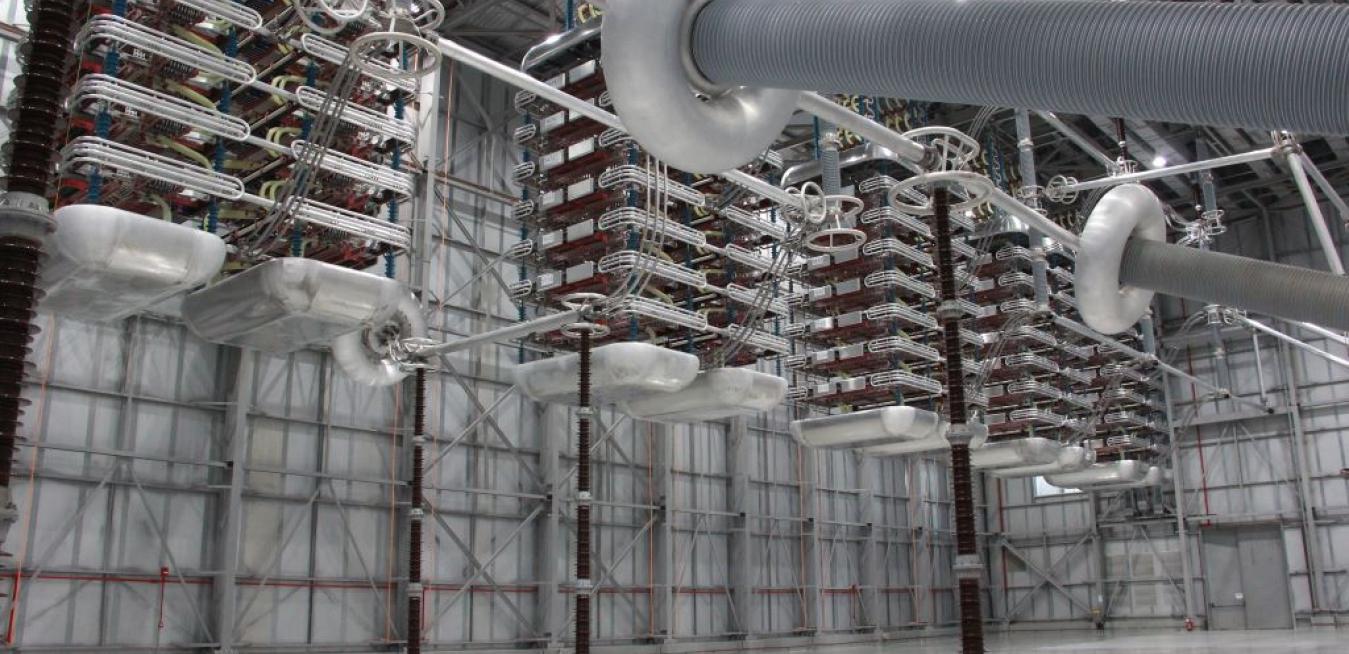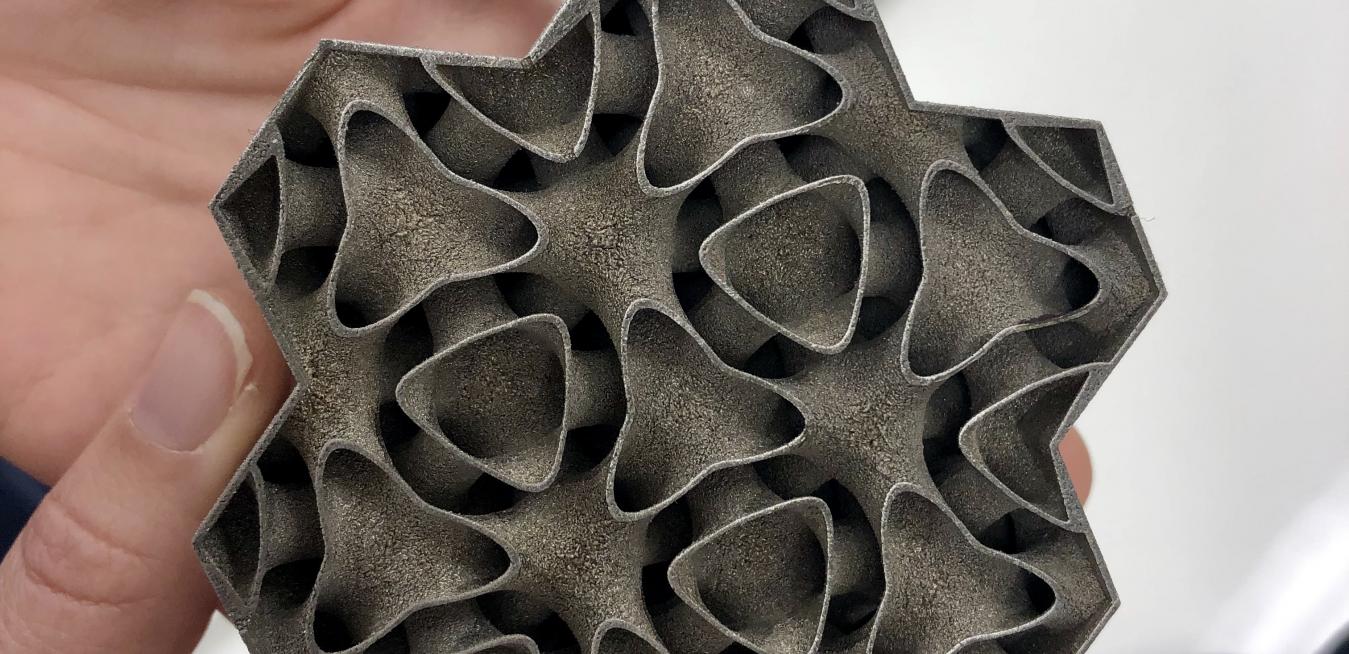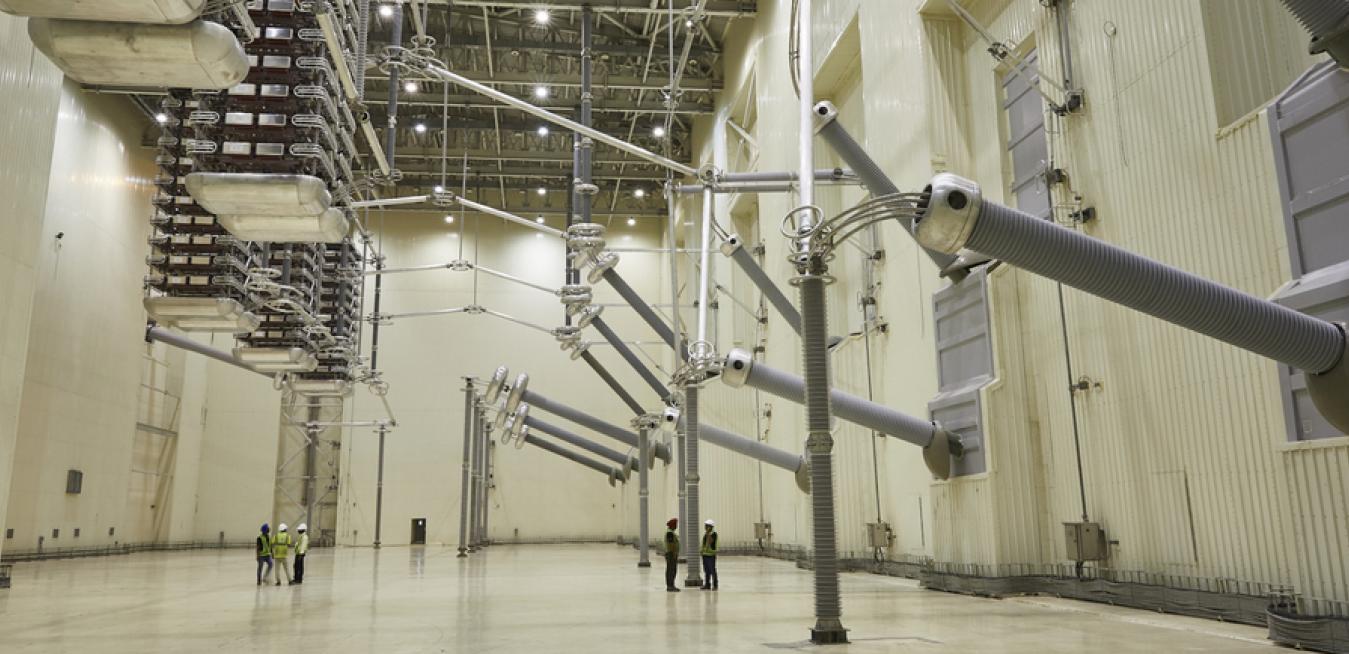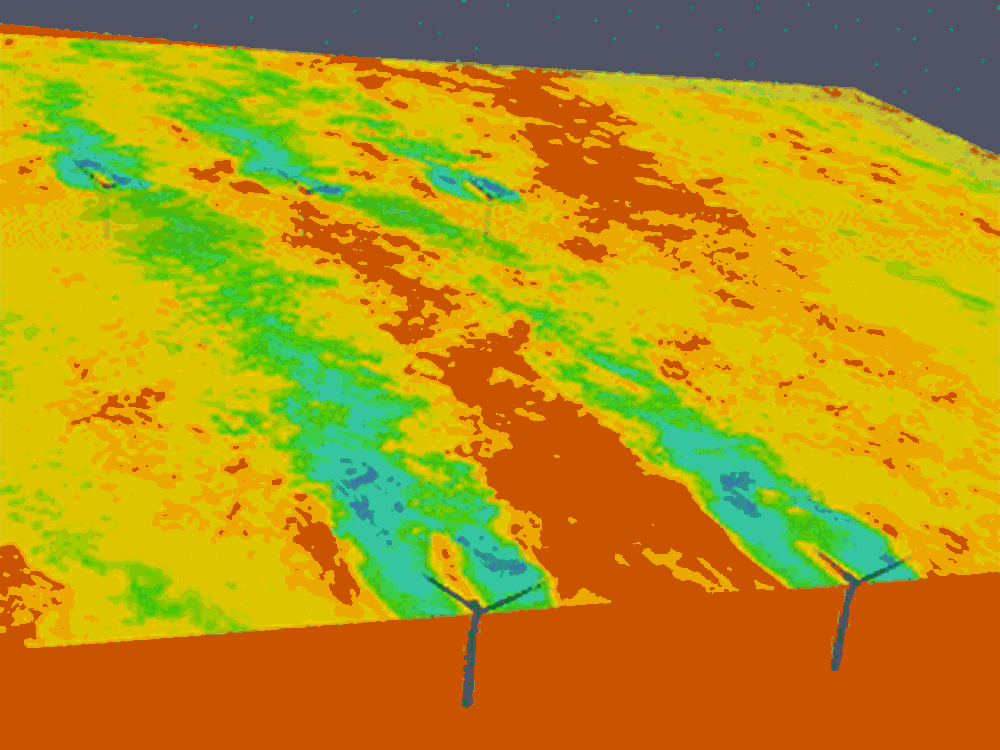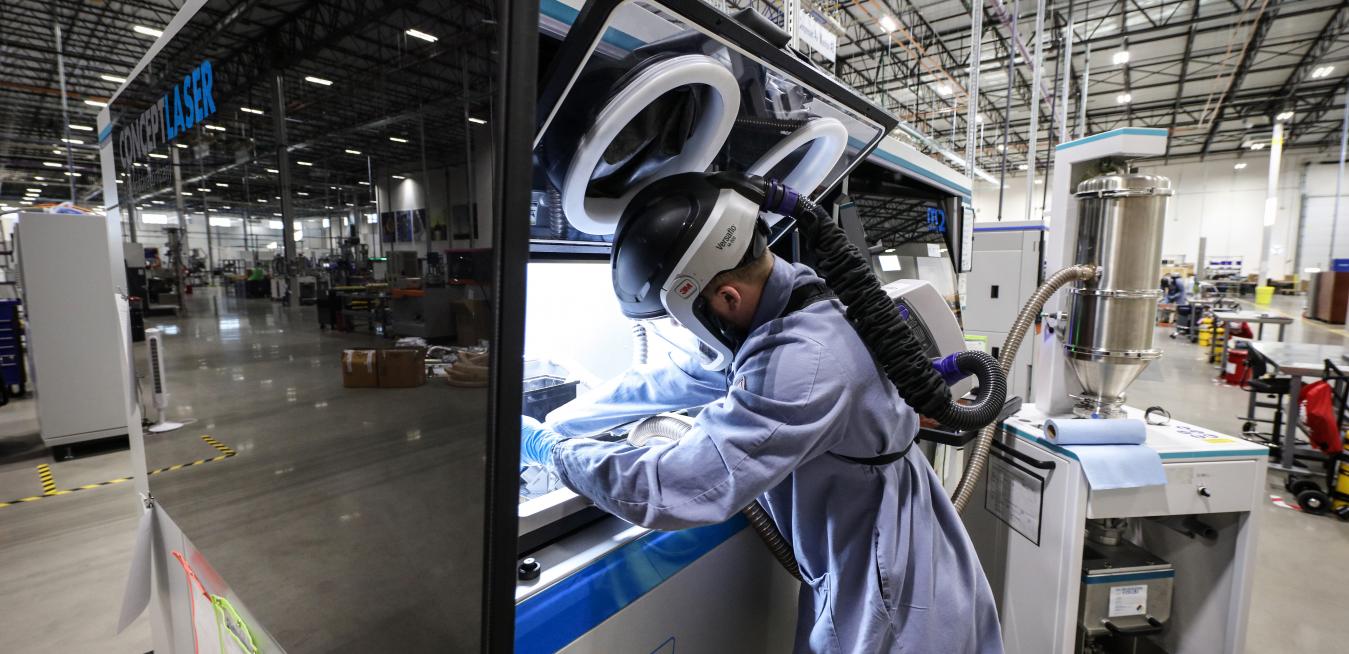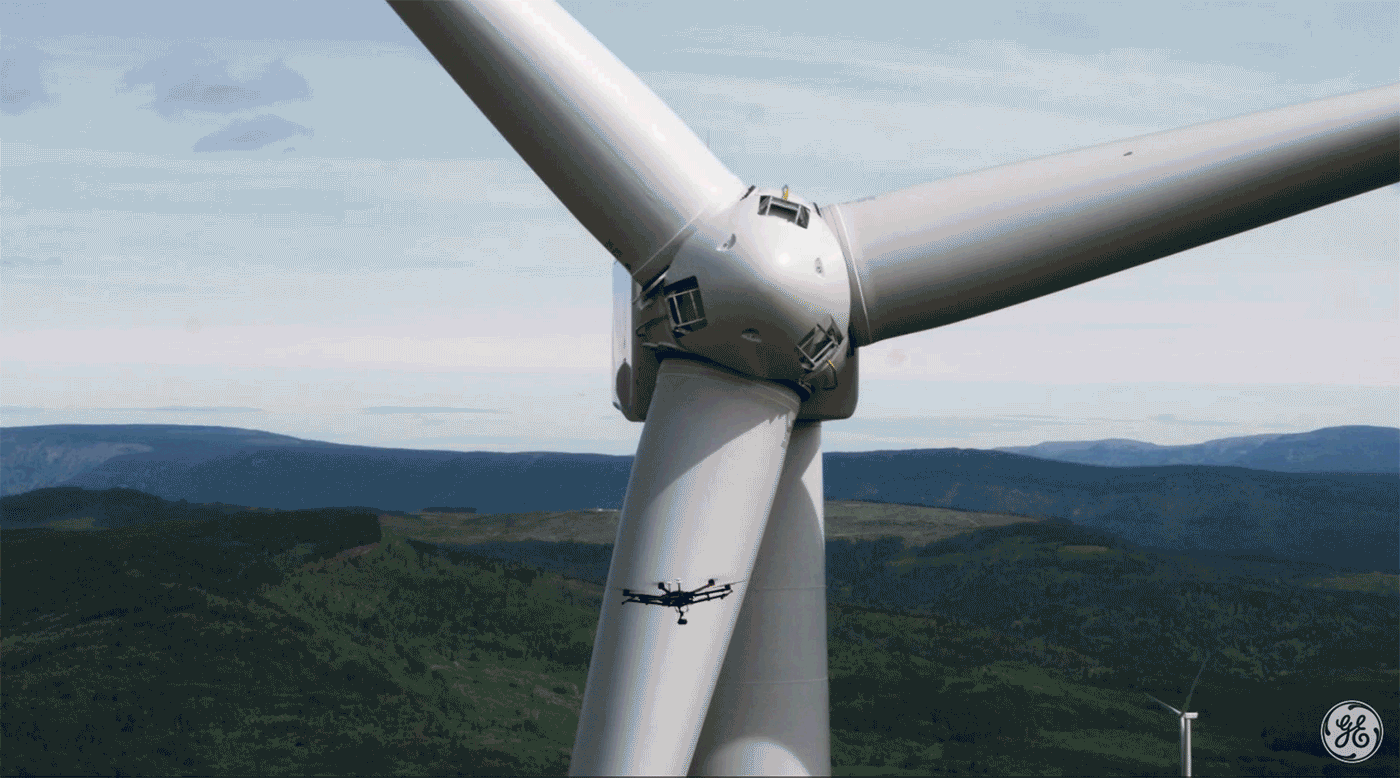When doctors prescribe drugs for people with chronic diseases, they do so knowing that unwanted side effects on the body can occur. In some cases, it's a matter of risk versus benefit. “When someone gives you a pill,” says Victoria Cotero, a molecular biologist at GE Research, “not all of it goes to work on your disease.”
Energy will be in the air in Denver this week when 2,000 of the nation’s brightest science and engineering minds, high-powered executives and politicians descend on the city to take on America's most urgent energy problems. A key part of their agenda: harnessing the power of public-private collaboration to drive innovation.
This year’s ARPA-E Energy Innovation Summit will showcase nearly 300 early-stage technologies seeking to improve the grid, boost energy storage, scale carbon sequestration and solve other critical challenges facing the energy sector.
Thomas Edison was famously fond of failures, using them as guideposts to new solutions. But the GE founder wasn’t the only person in the company espousing this lemons-to-lemonade philosophy. Take Sanford Moss, a bright engineer from Cornell University who joined the company in 1904 and proceeded to develop one of the first gas turbines. Problem was, the machine didn’t work.
When Charles Parsons invented the steam turbine in 1884, it was a monumental advance. More than a century later, engineers are still relying on steam to operate the turbines that generate much of the world’s power. Perhaps it’s about time to take the technology to the next level.
One way to do that is to draw inspiration from the human body. That’s exactly what Peter deBock and his colleagues at GE Research in Niskayuna, New York, did: They devised a heat exchanger — an essential component of the cooling system of a power turbine — that mimics human lungs.
America’s Great Plains are a windy place. In the 1930s, vast clouds of dust ruined crops and forced thousands to migrate off their farms, inspiring John Steinbeck’s novel “The Grapes of Wrath.” That same persistent and powerful wind is now inspiring a boom in wind turbine farms. Two Texas sites — Roscoe and Horse Hollow — each produce more than 700 megawatts of electrical power, as much as a combined-cycle power plant, and more wind farms are in the offing. But to unlock the wind’s bounty in full, engineers still need to crack a few problems.
Stroll behind a spinning wind turbine on a blustery day and the breeze washing over you slows noticeably as the turbine blades pull energy from the moving air. While that’s no surprise, the full extent of a modern turbine’s wind-dampening wake is little short of mind-boggling. According to a new paper in the journal Nature Energy, today’s giant turbines can cause detectable decreases in wind speeds up to 30 miles away, siphoning energy and revenue from neighboring wind farms.
Just a few years ago, it would take GE engineers more than 800 parts to build a third of a new turboprop engine. Today they need about a dozen.
It would be hard to imagine a happier success story than silicon-based electronics. In the six decades since Morris Tanenbaum built the first silicon transistor at Bell Labs, engineers have been able to shrink the size of the transistors they put on a silicon chip from microns to nanometers, and increase the density of circuit elements a millionfold. But silicon has an Achilles' heel: When it gets hot, its electrical properties degrade, and chips made from the material fail faster.
The endeavor to get unmanned aircraft to coexist safely in the sky with planes and other “manned” flying vehicles took a significant first step recently as a group of researchers, engineers and pilots gathered in upstate New York. For the first time they successfully tested drone flights integrating next-generation airborne collision avoidance system (ACAS X), which is being developed by the Federal Aviation Administration (FAA).
